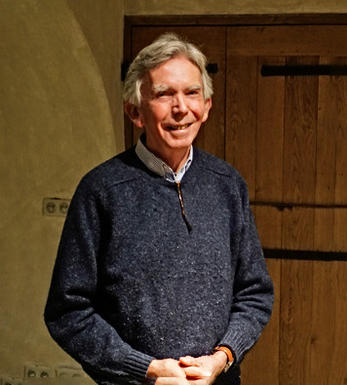
Critics reviews
Allen Meadows - burghound.com - Issue#Oct 10, 2002
About this WINE

Bonneau Du Martray
I once made the mistake of asking Comte Jean-Charles le Bault de la Morinière which appealed to the French most, Liberté, Egalité or Fraternité, and got a very dusty answer since members of his family had suffered during the French Revolution. However it was as a result of the dispossession of the previous clerical owners during the Revolution that the Bonneau du Martray family were able to buy their extensive holdings at the heart of the Corton-Charlemagne appellation shortly afterwards. It has remained in the same family ever since, the current incumbent’s mother having inherited it from a childless uncle. Comte Jean le Bault was in charge from 1969 to 1993, Jean-Charles taking over in January of the following year. Jean-Charles de la Morniére is an architect by training, yet he forsook his practice and returned to the family property to run what is one of the leading white wine domaines in the Côte D'Or.
The original Bonneau property covered 24 hectares though half was sold by one branch of the family and a little more has disappeared since. In Jean le Bault’s time there was a significant proportion of red Corton but much of this has been grubbed up since and replanted with Chardonnay. Today the domaine covers 11.09 hectares, all in one continuous holding located on the Pernand side of the great Corton hill, of which 9.50 hectares are Corton-Charlemagne and the remainder Corton. Yields are severely restricted and in the cuverie as many as 16 different parcels of grapes are vinified separately in order for their respective "terroirs" to be reflected in the wine. The reds have hugely improved under Jean-Charles le Bault’s stewardship, though the site in Le Charlemagne is clearly worthier of grand cru status for white wine rather than red.
Indeed the fame of the domaine rests on its magnificent Corton-Charlemagne, holding centre stage on the slope above the road leading from Aloxe-Corton to Pernand-Vergelesses, straddling the border between En Charlemagne and Le Charlemagne. A huge amount of research has gone into studying the soil throughout the domaine’s holding, and after much reflection biodynamic principles are now being employed in the farming.
Fermentation begins in stainless steel and finishes in casks to which it is transferred 5-6 days later. They are matured in oak barrels (33% new) for 12 months and the separate cuvées are then assembled in stainless steel before being returned to cask for another 6 months prior to being bottled. Bonneau Du Martray also produces a small quantity of red Corton.
Jasper Morris MW, Burgundy Wine Director and author of the award-winning Inside Burgundy comprehensive handbook.

Chardonnay
Chardonnay is often seen as the king of white wine grapes and one of the most widely planted in the world It is suited to a wide variety of soils, though it excels in soils with a high limestone content as found in Champagne, Chablis, and the Côte D`Or.
Burgundy is Chardonnay's spiritual home and the best White Burgundies are dry, rich, honeyed wines with marvellous poise, elegance and balance. They are unquestionably the finest dry white wines in the world. Chardonnay plays a crucial role in the Champagne blend, providing structure and finesse, and is the sole grape in Blanc de Blancs.
It is quantitatively important in California and Australia, is widely planted in Chile and South Africa, and is the second most widely planted grape in New Zealand. In warm climates Chardonnay has a tendency to develop very high sugar levels during the final stages of ripening and this can occur at the expense of acidity. Late picking is a common problem and can result in blowsy and flabby wines that lack structure and definition.
Recently in the New World, we have seen a move towards more elegant, better- balanced and less oak-driven Chardonnays, and this is to be welcomed.



Buying options
Add to wishlist
Description
Jean-Charles de la Morniére's wine is perfectly balanced, avoiding the over-ripeness that many have suffered from in this vintage. Pure, buttery,citrus fruit flavours, with a firm texture and fresh acidity. Very, very long finish. As outstanding as ever.
wine at a glance
Delivery and quality guarantee